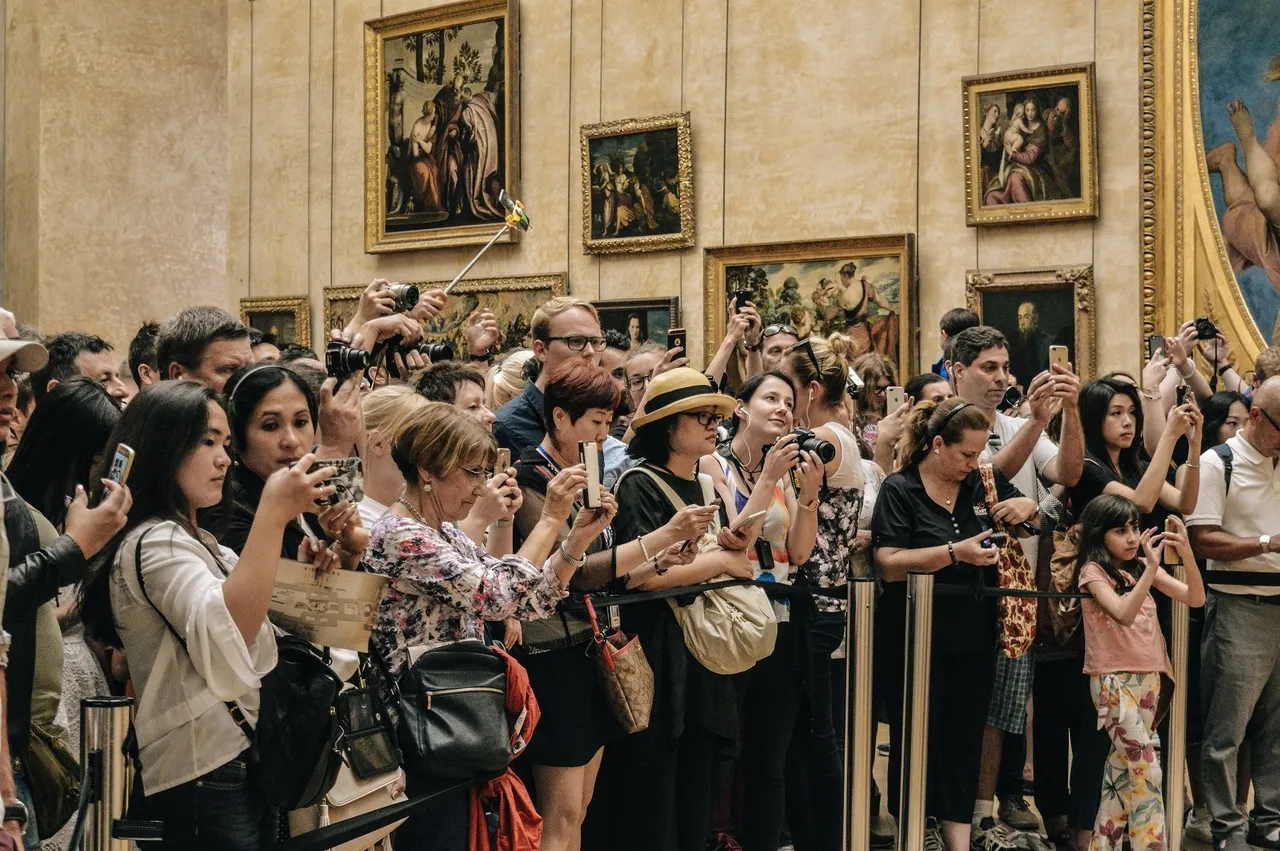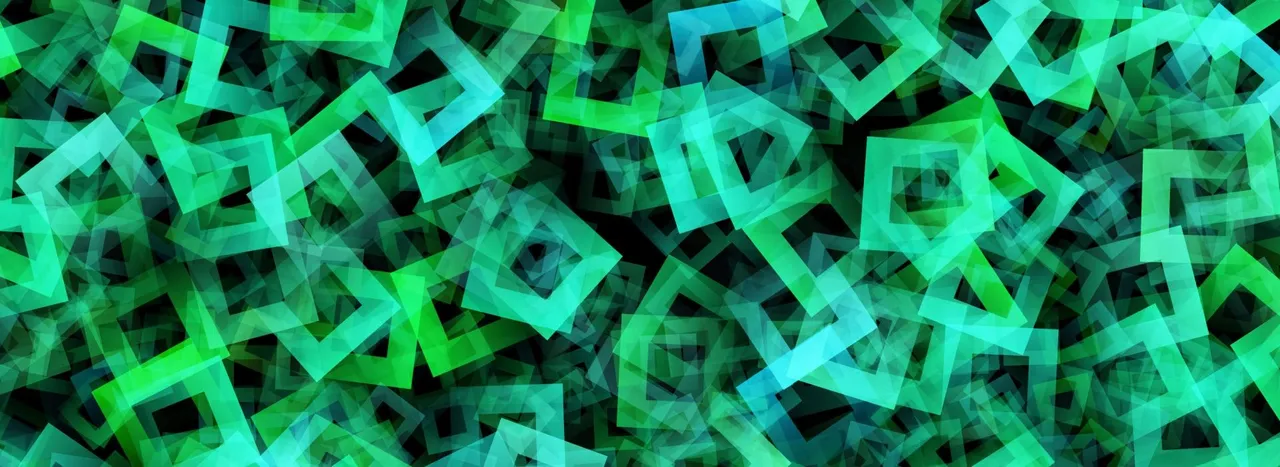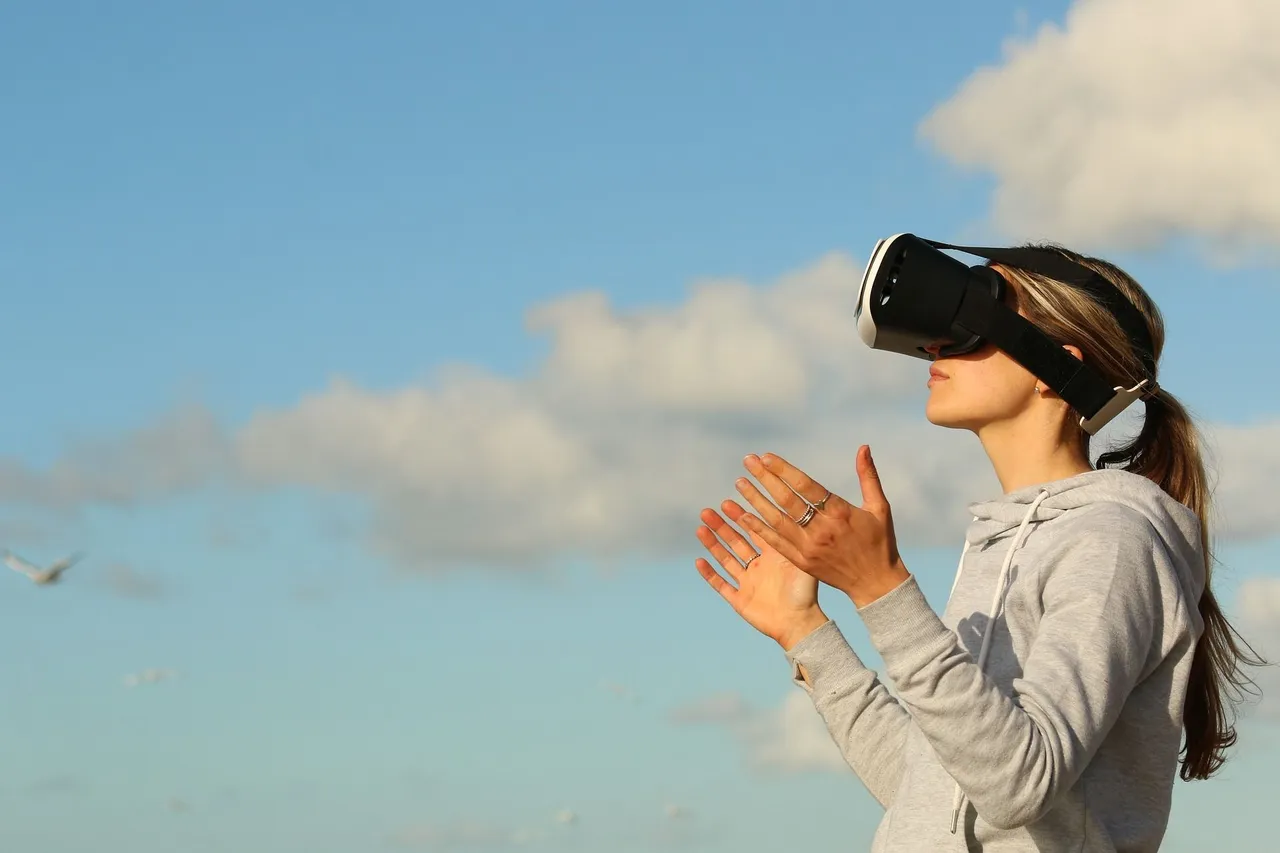Guerrillas & Galleries: The Transformative Effect of Augmented Reality Art
People have always been able to use imagination to breathe life into static art, but now we have new technologies, like augmented reality art, to help us in that. As AR matures, it begins to prove pivotal as a digital technology with artistic applications. Artists, educators, and entertainers are using AR in ever more innovative ways to create new experiences in art appreciation. The following notable, and sometimes novel, examples of augmented reality art are among those leading the charge and pushing back the long-established boundaries of creativity.
Augmented Reality Art Displays
You can appreciate art just about anywhere. You can find it in books, online, on the street, even in your home if you are a collector. However, purists often prefer to see it on display in galleries, where of course, it is also accessible to casual visitors, students, and organized groups. It’s not surprising therefore that a gallery is where you are most likely to come across an augmented reality art display. An AR art display can either comprise works of art created specifically for viewing with AR software, or a collection of conventional art enhanced by AR. The latter is the most common form currently, though more and more artists are experimenting with AR art, which we will cover a little later in this article.
Transforming Art with ARt
First, let’s turn our attention to the enhancement of existing traditional or modern art. Galleries and museums, art collectors, and artists alike are transforming their exhibits into interactive and informative displays that offer increased engagement for visitors. They are aided in their ventures by a crop of new augmented reality art (ARt) apps such as Artivive, which make it easy to create AR art experiences. As evidence that ARt solutions are in demand for this purpose, it’s worth noting that since launching in 2017, Artivive has been downloaded more than 60,000 times, as revealed by the company’s CEO, Codin Popescu, in an interview for a recent Forbes article.
Making Art More Informative
Information provided by an AR app might include a biography of the artist. It could present details of the techniques used to create the piece, the inspiration behind it, or it could direct the viewer’s attention to particular points of interest within a painting or other work. Some galleries and museums are using augmented reality apps to replace traditional audio tour guides.
Architecture as ARt
The Carnegie Museum of Art in Pittsburgh, PA, is an ambitious example of AR as a source of art information. In the museum’s Hall of Architecture, which houses more than 140 plaster casts of iconic architecture (the third largest collection in the world according to news website Trib Live), visitors can borrow tablets, through which they can view—or rather, experience— augmented reality representations of famous historical buildings. As visitors point their tablets at a marked location in the hall, a structure will rise before their eyes. The visitors can then walk around the 3D image, viewing it from different angles as the app presents information about the building’s story.
Art as Information
In Manila, Philippines, the Gateway Gallery chose augmented reality rather than audio to walk visitors through its 30-painting exhibition called History Through Art. The exhibits tell the story of the Philippines, and ten of the 30 paintings are markers for an AR app. When the user views the art through a smartphone camera, the marker launches a video presentation about the related period in Philippine history.
Making Art More Accessible
For gallery goers, the dream of getting face-to-face with the world’s most famous works of art can be hard to realize, especially on a limited travel budget. However, the next best thing might be to see those works in a local gallery, as Los Angeles art lovers were able to do at the Smart Objects Gallery for a month in 2017. Chadwick Gibson, the gallery’s director and an artist himself, came up with the idea of creating 3D models from photographs of famous works and generating dynamic QR codes to place throughout the exhibition space. As visitors tour the gallery scanning the markers with an AR art app, the pictures and sculptures materialize on their device screens. Each piece can be viewed naturally, as the device-user pans the camera around, observing the virtual paintings from any angle and walking around the virtual sculptures. The effect is breathtakingly realistic, which is perhaps why, as Gibson explained in an interview, visitors would physically jump up and down and applaud when viewing the augmented exhibits.

Smart Objects Gallery
Build your own AR app with Iflexion
A New Take on the Originals
While some galleries and exhibitions use augmented reality art to display faithful reproductions of the great works, others choose to present them in new virtual ways or even give them a completely different look. A 2017 exhibition in the Art Gallery of Ontario (AGO) was a perfect example of classic art given a modern makeover using augmented reality. The exhibition, called ReBlink was created by Alex Mayhew, a Toronto-based digital artist. With the aid of an augmented reality app, it offered an alternative perspective on some of the AGO’s most important Canadian and European paintings.
The 3D digital augmentations represent Mayhew’s (and some of his fellow artists’) interpretations of how the paintings would look if their artists created them today. One goal of the ReBlink project was to try to increase the length and depth of visitors’ engagement with each exhibit. Mayhew told the Financial Post that he had the idea after learning that people typically spend just 15 or 16 seconds on average looking at an artwork, even when it is a famous classic like the Mona Lisa.
Polarizing Artistic Opinion
The results of this fusion of historical and modern are sometimes humorous, such as the painting of an early 20th century Italian marchesa, who sports a selfie stick and smartphone in the AR interpretation. Other paintings morph into something more dark and imposing, like the 19th century village landscape that transforms into a near-apocalyptic industrial wasteland, complete with a figure in a biohazard suit that stands next to the painting and appears to watch the visitor watching him. The ReBlink concept may have been novel and exciting to some AGO visitors, while others might have viewed it as a show of contempt for the classics, but of course, the beauty is that the original works remained unmarred, while offering something new and different for those wishing to engage with a more open mind.
Guerrilla Tactics in Augmented Reality Art
In some cases, augmented reality is not just transforming art, it is revolutionizing, or perhaps democratizing it. One group of guerrilla artists for example, took over the Jackson Pollock exhibition room in the New York Museum of Modern Art, overlaying several Pollock paintings with their new artistic creations and providing a downloadable app for visitors to the museum. The augmented reality layers, created by the guerrilla group that calls itself MoMAR, comprise images, animations, and even games that are related to the virtually hijacked Pollock works. Of course, the original paintings remain physically untouched, merely serving as markers enabling the app to launch the virtual artwork.
MoMAR’s Message
MoMar created its unofficial exhibition without permission from the museum, and although the establishment’s management has declined to comment about the exploit, neither did it take any steps to shut down the guerrilla artists' unsponsored exhibition, which MoMar claimed was a statement against exclusivity and elitism in the world of art. One of the exciting points about augmented reality art that MoMAR demonstrated is that it can be displayed anywhere, and does not need to be secured under lock and key or made subject to specific viewing times and other restrictions.
Setting Art Free from the Gallery
The only restriction on the enjoyment of augmented reality art is the dependency on a mobile phone, tablet, or a wearable device that enables you to see the creativity. Anyone with the necessary hardware may soon be surrounded, literally, by art. Tech-savvy creatives are increasingly blending their talent with that of AR developers to create indoor and outdoor works of art, like the large-scale piece adorning a plain white wall at Facebook's HQ in Menlo Park, California.
Of course, for anyone without hardware and the Facebook Camera app, a plain white wall is just what it is, but when viewed using the augmented art app, the wall transforms into an animated scene of blue and turquoise color splashes, with paint pouring from the roof to spread a blue puddle on the ground.
Meanwhile, in Missouri…
An urban mural on a wall outside the St. Louis Moto Museum comes to life when viewed through an app developed by the artists. Giant shapes unfurl from the painting and spread across the road, and when seen by app users on the far side of the street, obscure cars and pedestrians that seemingly pass behind the virtual objects. These are just two examples of how augmented reality is setting art free and making it accessible to anybody, anywhere, anytime, which is great news for artists seeking exposure, given that the rate at which new galleries open has fallen by 87% since 2007, according to this year’s annual Art Market report.

Gallery Openings and Closures
A New Breed of Creative: The AR Artist
Having now explored how augmented reality transforms the way art is displayed, we’ll move on to look at AR as an art form in itself, and some of the artists who instead of adding to or enhancing existing works, are dedicating themselves to the creation of art for ARt’s sake. Given the ability to create in 3D and to animate AR graphics, artists working with augmented reality are rarely content to create static pieces, as highlighted by the earlier examples of animated murals. Instead, they like to create captivating, living displays that intrigue and immerse viewers in multisensory experiences.
Josue Abraham’s Virtualidades
Anyone would forgive a visitor to Josue Abraham’s Virtualidades exhibition back in 2015 for thinking the sculptures on display were unfinished because, physically at least, it was true! To see the complete works of art, the visitors would have had to use an app built using Metaio, a now-defunct augmented reality platform.
Upon scanning the various sculptures with the app, gallery visitors were treated to an otherworldly experience, as fairies ran and flew about the room, robot arms sprang from the walls, and broken mannequins became whole and started to move.
More to Miami Mural than Meets the Eye
Some ARtists, as they are coming to be known, like to use their blend of talent and technology to pay tribute to those who inspired them, like Eduardo Kobra, a notable street artist from Brazil, who has embellished the wall of a Miami restaurant with a vast mural. The mural features a vibrant portrait of surrealist Salvador Dali, which is masterful enough to turn the head of any passer-by. However, those in the know can view the image in a completely different way, as an AR layer makes the scene come to life when scanned. A colorful butterfly emerges from the mural, and as it does so, Dali’s eyes begin moving to follow its path and then roll excitedly as the insect comes to rest, ultraviolet wings extended, on his face.
Coffee Table ARt
For those who would prefer to take their art at home with their coffee, augmented reality art books might be more appealing than urban murals. If so, Prosthetic Realitycould make for an ideal first step into the world of augmented reality art appreciation. Prosthetic Reality is a book containing augmented reality artwork by 45 different artists, spanning a range of styles and techniques from hand-drawn sketches to complex 3D animations, and everything in between. The artists used an app called Eyejack to create the AR element of the illustrations in the book, and the same app is required to view them, but that presents no difficulty, as it is available free from App Store and Google Play.
What’s Ahead for Augmented Reality Art?
Each of the art examples outlined in this article demonstrates how augmented reality, when used thoughtfully, can push the boundaries of artistic creativity in multiple different ways. However, perhaps the one limitation of augmented reality right now is that viewing art, quite literally, through the lens of a mobile device, makes the experience a little disjointed and awkward. The truth is, augmented reality art practically cries out for wearable hardware, which, once it breaks into mainstream consumer markets, will allow the blending of traditional and technological creativity to be appreciated seamlessly. When that happens, we will not so much be seeing art, as entering it, with every work a sensory experience that once encountered, may be impossible to forget.
Bring your vision to life with Iflexion's AR development team















